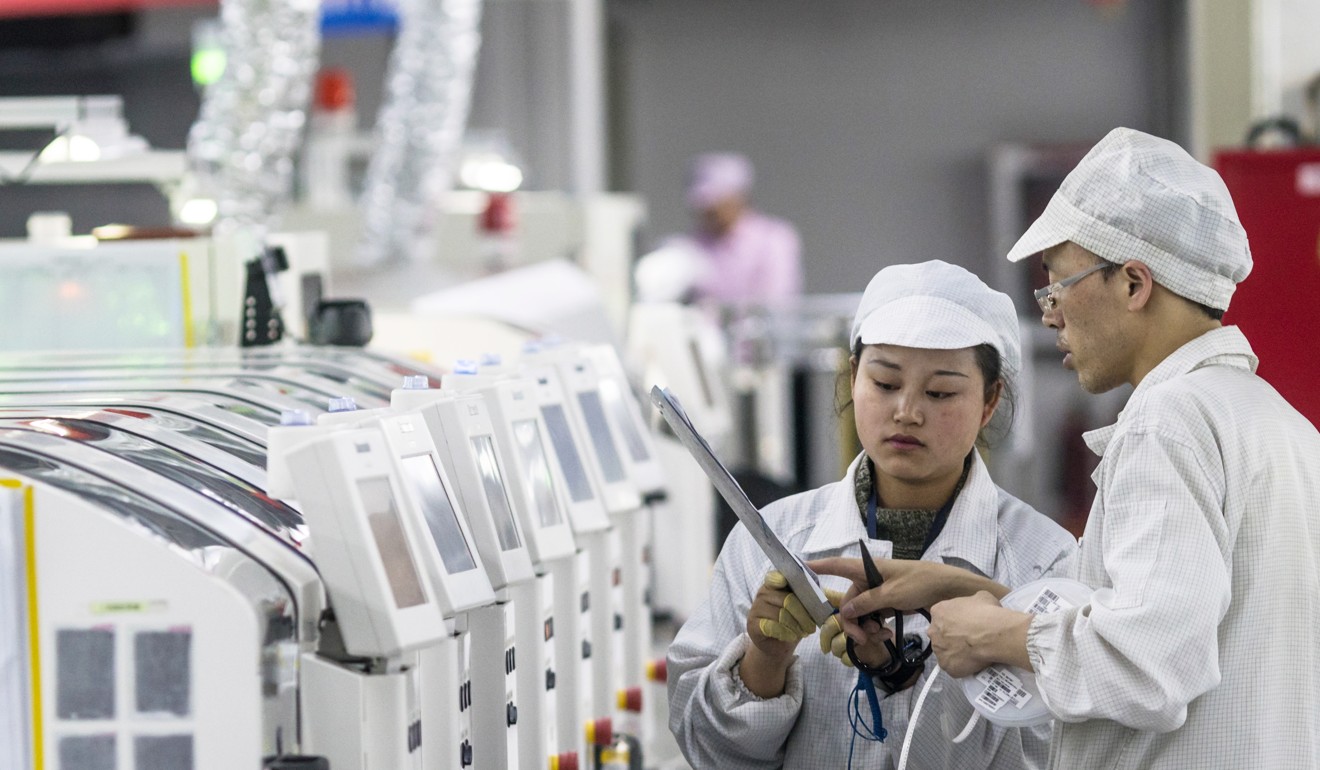
Six sensible steps China and the EU can take while they wait out the US trade war
David Dodwell says it will do no good for Beijing and the European Union to overreact to tariffs by the US and its Pied Piper president. They should instead address the legitimate concerns of businesses operating within their borders and work with all willing nations to lower the remaining barriers to liberalisation
The redefinition involves agreement on a number of steps:
- Beijing needs to recognise that the mounting complaints of European and US companies alike need to be properly acknowledged, and need a credible response. Given the general scepticism that the free trade rhetoric of Xi Jinping does not match the reality of trying to do business in China, real and concrete steps need to be taken to give substance to the claims that China is an economy that is opening to the world, and living up to liberalising commitments made in 2001 when it joined the World Trade Organisation.
- The United States’ assault on bilateral trade imbalances is economically illiterate and intellectually bogus. It should simply be ignored and resisted. As former World Bank economist Kaushik Basu wrote last week, complaining about a bilateral trade deficit with a specific country makes as little sense as complaining about your family’s bilateral trade deficit with your grocer, hairdresser or dentist. Any country’s challenge is to balance the deficits with the surpluses and – like any household – to make sure you can live within your means in the long term.
Watch: Trade war: China to retaliate after US proposes fresh tariffs on US$200 billion in goods
- Focusing on border tariff barriers and manufactured goods is to fight last century’s problem while failing to recognise the problems that face international businesses today. Successive multilateral trade liberalising rounds over the past 50 years have brought down tariff barriers on manufactured products to very low levels. Most of those economies leading the way have profited greatly from lower consumer prices and larger volumes of trade. Today’s barriers to open trade are mainly in services, and in “behind the border” obstacles like licences, regulations, product standards and access to government procurement contracts. It is here that liberalising efforts need to be focused, as the US and EU business chambers in Beijing have persuasively argued in their lobbying for meaningful liberalisation in China.
- It may be impossible for Beijing to deflect Trump’s trade team from their obsession with tariffs. In which case, China should let the US go ahead imposing tariffs, in the comfortable knowledge that the main victims will be: US consumers who pay higher prices; the US, Hong Kong and Taiwan companies that account for at least 60 per cent of China’s exports; and, US-based manufacturers who see their competitiveness ruined by higher input costs.
- Apart from resisting the temptation to retaliate, Beijing should begin multilateral discussions with an “alliance of the willing” focused on the behind-the-border liberalisation that will both answer foreign companies’ complaints and boost China’s own domestic competitiveness and productivity.
- Such a multilateral initiative (for example led jointly by the EU, the newly formed Trans-Pacific Partnership and the Pacific Alliance economies in South America, and including China) would not only breathe fresh life into the moribund WTO, but would tackle 21st-century barriers to trade and investment. It would also breathe some credibility into China’s tendentious claims to be a champion of multilateralism and free trade.
Such a six-fold response would preempt the danger of mutually destructive escalation, set a much more credible trade reform agenda and would potentially galvanise the disappointing WTO. It would leave Trump’s trade team becalmed, like that plastic trash circling around the South Pacific.

But there is lots of scope for liberalisation that can open up huge opportunities for international businesses, address most foreign companies’ complaints and provide a substantial agenda for a new WTO trade round. If a prize for China were to be the offer of recognition as a market economy – promised in the 2001 WTO accession agreement but so far not delivered – my sense is Beijing would be sorely tempted.

After all, most international companies do not complain that China is closed but, rather, that it is opening frustratingly slowly. They complain of lots of liberalising talk, but underwhelming action. If China truly wants to lead the world in economic liberalisation, here is surely the chance. Leave the Pied Piper to play alone, to harm his own economy as he wishes. Restraint has its merits.
David Dodwell researches and writes about global, regional and Hong Kong challenges from a Hong Kong point of view

